| When To Start Receiving Retirement Benefits Benefit calculators How we calculate benefits | Workers planning for their retirement should be aware that retirement benefits depend on age at retirement. If a worker begins receiving benefits before his/her normal (or full) retirement age, the worker will receive a reduced benefit. A worker can choose to retire as early as age 62, but doing so may result in a reduction of as much as 30 percent. Starting to receive benefits after normal retirement age may result in larger benefits. With delayed retirement credits, a person can receive his or her largest benefit by retiring at age 70. | Early retirement reduces benefits | In the case of early retirement, a benefit is reduced 5/9 of one percent for each month before normal retirement age, up to 36 months. For example, if the number of reduction months is 60 (the maximum number for retirement at 62 when normal retirement age is 67), then the benefit is reduced by 30 percent. This maximum reduction is calculated as 36 months times 5/9 of 1 percent plus 24 months times 5/12 of 1 percent. | Delayed retirement increases benefits | Delayed retirement credit is generally given for retirement after the normal retirement age. To receive full credit, you must be insured at your normal retirement age. No credit is given after age 69. If you retire before age 70, some of your delayed retirement credits will not be applied until the January after you start benefits. The calculator below gives you the amount with all credits applied for comparison purposes. Delayed retirement credits increase a retiree's benefits. The table below shows the delayed retirement credit by year of birth. | Compute the effect of early or delayed retirement | If you enter your date of birth and the effective month for beginning your benefits, we will tell you the effect of early or delayed retirement as a percentage of your primary insurance amount. Please note that benefits are generally paid in the month following the effective month.
The month you will reach your normal retirement age is . |
comments
With the Great Resignation over the past couple of years, along with a lot of folks pursuing FIRE (Financial Independence, Retire Early), there are a lot of people who are either dropping out of the workforce altogether or pursuing other passions that result in a lower paycheck.
You might think that these folks are giving up an awful lot of Social Security benefits due to the way your benefit is calculated, but it’s not as bad as you might think.
This is because the way Social Security benefits are calculated is highly regressive. So when you resign that six-figure job at age 40, you may have only had Social Security earnings for 20 years (in many cases more like 15 years), but the lion’s share of any additional earnings is not increasing your future Social Security benefit much.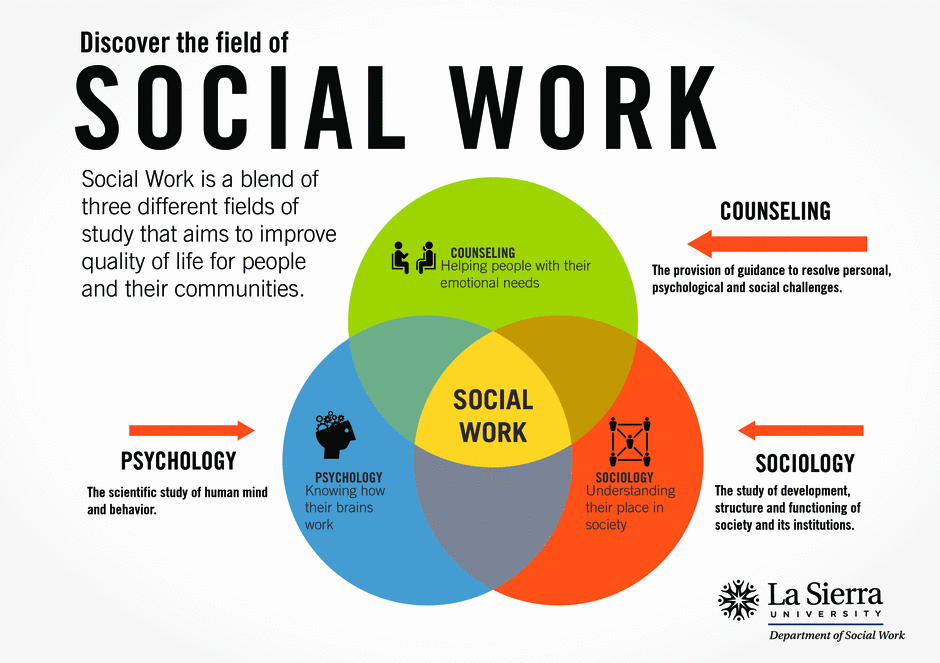 If your age-40 earnings were the last that applied to your Social Security, such as if you chose to take on volunteer work and live off your savings, the news about the impact to your benefit may surprise you.
If your age-40 earnings were the last that applied to your Social Security, such as if you chose to take on volunteer work and live off your savings, the news about the impact to your benefit may surprise you.
Read: Americans are still saving for retirement — and becoming 401(k) millionaires
Once your lifetime average earnings have been determined, Social Security applies “bend points” to calculate your Primary Insurance Amount, which is the amount of benefit you will be paid at Full Retirement Age. In 2022, the first bend point is $1,024, and the second is $6,172. So the first $1,024 of your indexed average lifetime earnings is weighted at 90%; any amount over $1,024 and up to $6,172 is weighted at 32%; and amounts over $6,172 are weighted at just 15%. Check out this link for a more complete explanation of bend points and how they are used for calculating the Primary Insurance Amount.
Those three figures from the bend point calculations are then added together to result in your Primary Insurance Amount (PIA).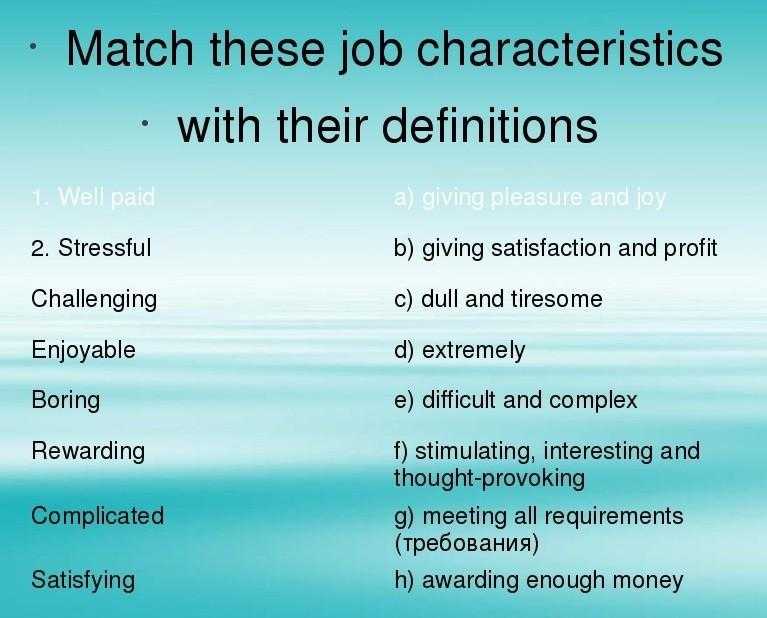
Regarding an early retiree, when there are fewer than 35 years worth of earnings (for example, 20 years) in your lifetime earnings record, Social Security will still average your earnings (indexing the earlier years to your age 60 year) as if there were 35 years to calculate. So 15 years will be zeros in our example — which will certainly bring down your lifetime average.
But seeing that the weightings mentioned above are highest at the lower end of the average earnings scale, one begins to realize that adding more years of high earnings doesn’t necessarily result in a significant increase in Social Security benefits. You’re taxed at the same rate (up to the annual taxation limit) but your resulting benefit doesn’t increase at such a high rate.
Let’s walk through an example.
Meet Jeff, born in 1962. Jeff is 60 this year, and he was ahead of the FIRE curve, because he earned enough in his career to quit work altogether at age 40, in 2002. Jeff maxed out his Social Security earnings in each of those 20 years, and ever since then has not paid tax into Social Security at all. His earnings from age 40 forward have been from passive investments, made from his high income during his 20 working years.
His earnings from age 40 forward have been from passive investments, made from his high income during his 20 working years.
Using Social Security’s calculations, we determine that Jeff is eligible for a benefit of $2,596 if he waits until his Full Retirement Age (FRA) of 67.
Read: These are the Best New Ideas in Retirement
Just for grins, how would it have turned out if Jeff continued earning that high-level salary up to this point? If Jeff earned at least the maximum Social Security taxable amount for the full 40 years, the calculation results with an age-67 benefit of $3,377 for him. Roughly $9,400 (approximately 30%) more per year, but that’s in exchange for the additional 20 years that Jeff had to get up at 2 a.m. every day to make the doughnuts. (You may note, Jeff is a very well compensated doughnut maker — but you should try the doughnuts. They’re amazing.)
I realize this is an extreme example, so let’s look at Jeff’s twin brother Jerry, who earned exactly $40,000 per year over the same 20-year period.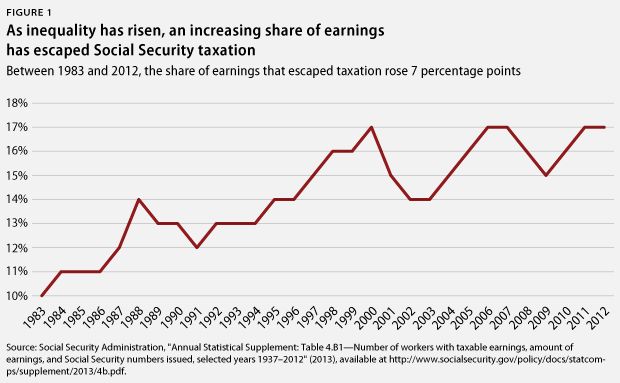 If age 40 was the last year that he worked, Jerry is eligible for a Full Retirement Age benefit in the amount of $2,141. And if he had continued working in that same job (with no increases in pay, this is the plight of the hapless Jerry) until his age 60 in 2022, the additional years of earnings would only increase his benefit to $2,661 if he took it at age 67.
If age 40 was the last year that he worked, Jerry is eligible for a Full Retirement Age benefit in the amount of $2,141. And if he had continued working in that same job (with no increases in pay, this is the plight of the hapless Jerry) until his age 60 in 2022, the additional years of earnings would only increase his benefit to $2,661 if he took it at age 67.
This works out to $520 more per month ($6,240/year), about 24% increase — again, in exchange for getting up at 3 a.m. for 20 more years to mop the floor after his brother’s doughnut-making.
But neither of these was the real outcome for Jerry (and likely for many FIRE devotees) — he actually launched his own bicycle shop in his 41st year, and has been running the shop ever since. It was never as lucrative as his doughnut shop mopping career, making only about $20,000 each year, but it was enough to help him get by. Jerry has modest needs, and this income was plenty for him to live on, when added to the passive investment income that Jeff had helped him to arrange.
With this extra 20 years’ worth of income from pursuing his joy in life, Jerry is due a Full Retirement Age benefit in the amount of $2,453 per month — almost as much as Jeff earned with his very high salary over 20 years.
So the moral of the story is yes, retiring early does impact your Social Security benefit, but not as much as you might think, for many people. And partial retirement, such as pursuing a passion as a “next chapter,” may not impact your Social Security as much as you’ve been led to believe.
If the earnings record in question was at the lower end of the spectrum, the advantage of continuing to add to your earnings record can be dramatic. But at the middle and especially the highest earnings levels, the impact isn’t as significant.
Note: I specifically used individuals who are age 60 this year in my examples because we have the indexing information, bend points, and maximum earnings amounts available for calculations. Had I attempted to explain this for someone aged 40 this year we’d have to make a lot of assumptions about how those facts and figures will play out over the coming 20+ years. These are completely contrived examples, for the purpose of illustrating how retiring early impacts Social Security benefits.
These are completely contrived examples, for the purpose of illustrating how retiring early impacts Social Security benefits.
Search
Advanced Search
| Adopted in December 2013 and effective from January 2014, Federal Law No. Prior to the adoption of this law, for the early appointment of a pension, an employee had to comply with the following conditions:
At the same time, it did not matter whether the working conditions at the workplace were recognized as harmful (dangerous) according to the results of workplace certification, or whether they were optimal (or acceptable). From January 2014, the results of a special assessment of working conditions at the workplace must be taken into account when assigning an early pension. This means that if the working conditions at the workplace are found to be optimal or acceptable based on the results of such an assessment, then the employee is deprived of the right to early appointment of a pension. Insurance rates to the Pension Fund of the Russian Federation, which employers are required to pay, are differentiated depending on the class of working conditions at the workplace (according to Part 2.1 of Article 58.3 of Law No. 212-FZ). At the same time, the legislation establishes that until a special assessment of working conditions is carried out, the results of the certification of workplaces in terms of working conditions are valid until their expiration date. The question arises: what about employees who, according to the results of attestation of workplaces, work in working conditions of 1 (optimal) or 2 (permissible) classes, and whose professions are included in lists No. 1 and No. 2 for early retirement? Should we continue to pay insurance premiums for them and will the time of work in such a profession be included in the relevant pension experience? The answer to this question is found in the clarifications given in the letter of the Pension Fund of the Russian Federation dated February 12, 2014 No. PROCEDURE FOR ESTABLISHING BENEFITS AND COMPENSATIONS ON THE RESULTS OF A SPECIAL ASSESSMENT OF WORKING CONDITIONS (SOUT) Until the SOUT has been carried out at the workplace according to the procedure of the Law of December 28, 2013 No. The amount, procedure and conditions for granting guarantees and compensations to employees employed in work with harmful and (or) dangerous working conditions are determined in the manner prescribed by Art. 92, 117, 147 of the Labor Code of the Russian Federation. That is, the old lists of "beneficiaries" by profession and industry from January 1, 2014 are not used to assign compensation. Art. 147 of the Labor Code of the Russian Federation, the employer is obliged to establish an additional payment in the amount of at least 4% of the tariff rate for all those employed in harmful and (or) dangerous working conditions (i.e., those employees whose workplaces have a working conditions class of 3.1 and higher). The specific amount of the additional payment (it may be higher) is determined by the employer, taking into account the opinion of the representative body of employees and can be approved by a local act or a collective agreement, an employment contract. In accordance with paragraph 3 of Art. 15 of Law No. 421-FZ to employees who, as of January 1, 2014, received any compensation due to exposure to harmful and (or) dangerous factors at the workplace (reduced working hours, additional annual paid leave or monetary compensation for them, and as well as increased wages), the procedure and conditions for their provision cannot be worsened, and the amounts can not be reduced, provided that the relevant working conditions remain, which became the basis for the appointment of implemented compensatory measures. Distribution of milk and therapeutic and preventive nutrition at work with harmful and especially harmful working conditions will be carried out according to the old norms and rules with the possibility of replacing them with monetary compensation - art. 222 of the Labor Code of the Russian Federation has not undergone any changes. Annual additional paid leave of at least seven calendar days (Article 117 of the Labor Code of the Russian Federation) is provided to employees whose workplaces, based on the results of the SAUT, have established harmful working conditions of the 2nd, 3rd, 4th degree or dangerous working conditions ( class 3.2 and above). The specified leave may be longer - its duration for a particular employee is determined by the employment contract on the basis of an industry (inter-sectoral) agreement and a collective agreement, taking into account the results of the SAUT. The right to a shortened working week (no more than 36 hours) is given to employees whose workplaces, according to the results of the SOUT, are classified as harmful working conditions of the 3rd or 4th degree or dangerous working conditions (class 3.3 and above) (Art. 92 of the Labor Code of the Russian Federation). Fundamental innovations have been added - the possibility of monetizing part of the additional vacation (exceeding the seven-day minimum), providing monetary compensation for increasing the shortened working week, as well as regulating the duration of shifts with a shortened working week. This practice did not exist before. It should be emphasized that the Labor Code of the Russian Federation allows for the possibility of adjusting the benefits and compensations provided to employees employed in harmful and (or) dangerous working conditions, subject to the following three conditions: contract; - the procedure and conditions for adjustment, the amount of monetary compensation are determined in the sectoral (intersectoral) agreement to which the organization is a party; - in the collective agreement (at the level of the organization) the conditions and procedure for adjustment agreed by the employer and the representative body of employees are fixed. If any of the above conditions are not met (for example, the organization does not have a collective agreement or does not participate in an industry agreement), then compensation adjustments are not allowed. telephone for inquiries on special assessment of working conditions: 719-449 ______________________________ |
Cherkessk, November 8, 2021. On January 1, 2019, Federal Law No. 350-FZ “On Amendments to Certain Legislative Acts of the Russian Federation on the Assignment and Payment of Pensions” came into force, aimed at ensuring a balance and long-term financial stability of the pension system.
Amendments approved by law fix the generally established retirement age at 65 for men and 60 for women. The increase in the retirement age is gradual and will last until 2028.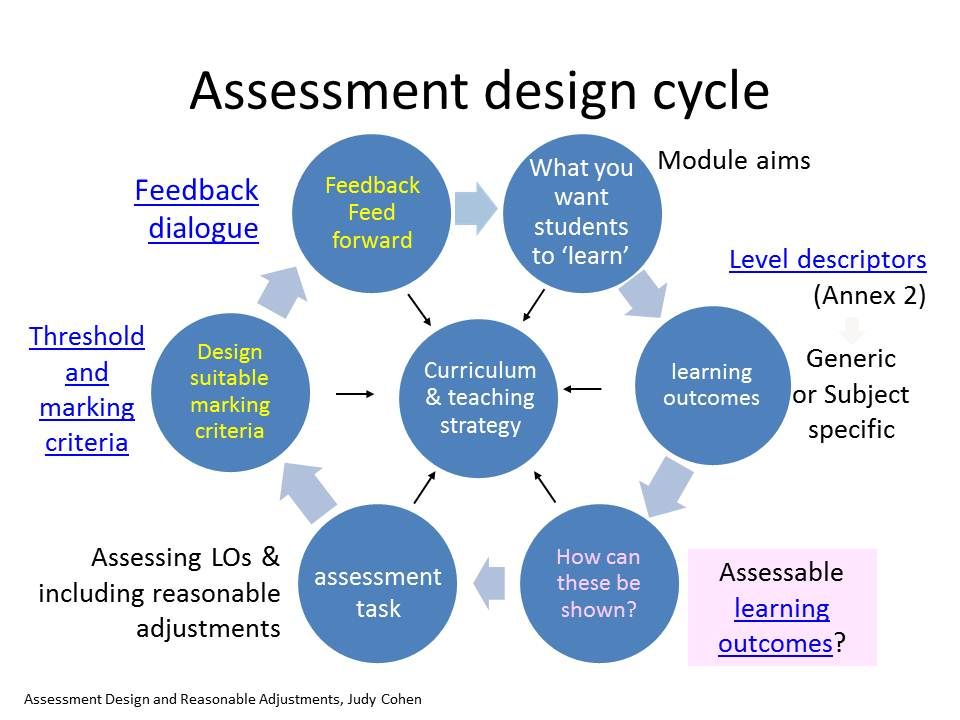
At the same time, changes in the retirement age will not affect people who have early retirement benefits. For example, miners, miners, rescuers, as well as other workers employed in difficult, dangerous and harmful working conditions, for which employers pay additional contributions to pension insurance. For the majority of such workers, as before, the right to retire comes upon reaching the age of 45 (list 1) and 50 years (list 2) for women, 50 years (list 1) and 55 years (list 2) for men.
The right to early retirement is also retained by teachers, doctors and representatives of other professions, who receive payments after they have acquired the required length of service. At the same time, from 2019, the appointment of a pension for this category of workers is postponed, taking into account the transition period from the moment of acquiring the required length of service by profession.
The right to early retirement is also reserved for persons whose pensions are awarded for social reasons.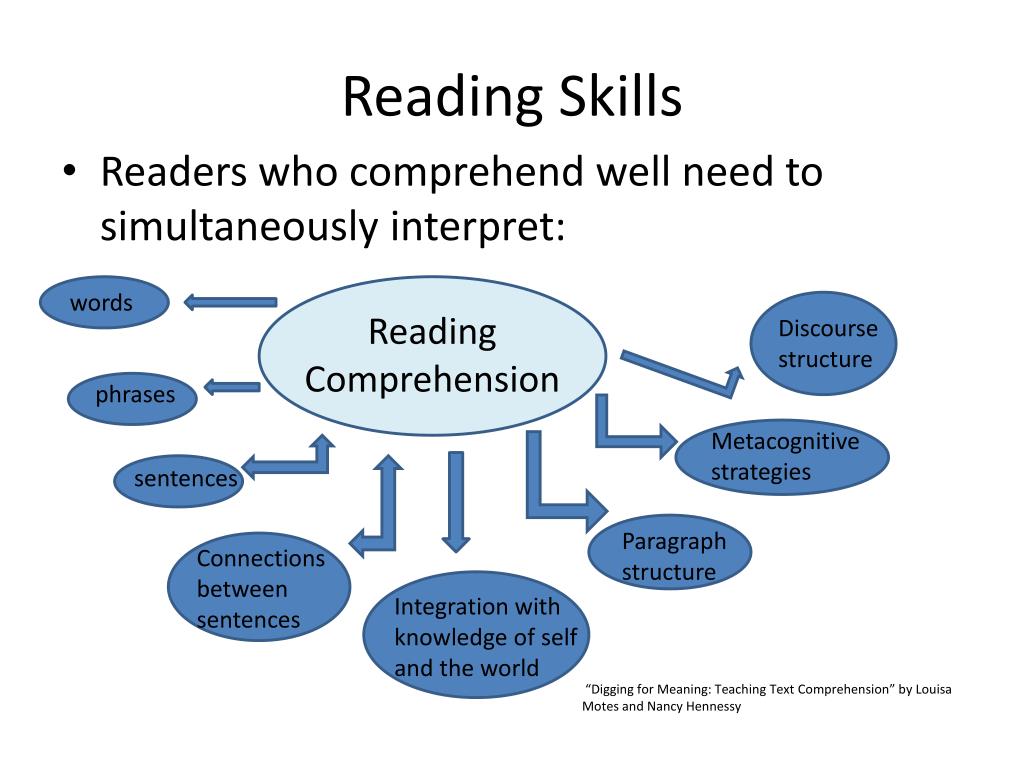 So, for example, for women with five children, the visually impaired, parents and guardians of the disabled and other citizens, early exit remains completely unchanged.
So, for example, for women with five children, the visually impaired, parents and guardians of the disabled and other citizens, early exit remains completely unchanged.
But there were also norms in the law concerning women who gave birth and raised three and four children, which cause a large number of appeals.
For clarifications, we turned to Irina Tambiyeva, Deputy Head of the GU-OPFR for the KChR.
As Irina Viktorovna explained, according to the amendments and additions made to Article 32 of the Federal Law of December 28, 2013 N 400-FZ "On Insurance Pensions", a mother of three children will be able to retire early at the age of 57, and a mother of four children - at age 56, subject to transitional provisions. The main requirements are 15 years of insurance experience, the required number of pension points and raising a child up to 8 years old.
Also in the law there was a norm giving the right to retire 2 years earlier than the generally established retirement age for a long insurance period: for women - 37 years of experience, for men - 42 years of experience.